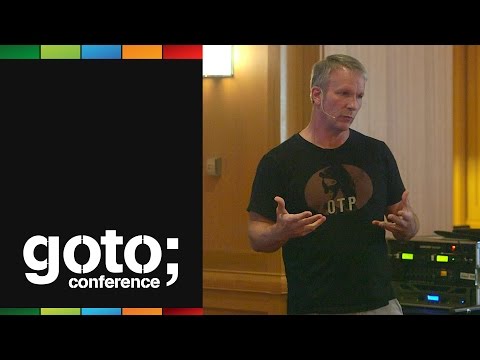Description:
Save Big on Coursera Plus. 7,000+ courses at $160 off. Limited Time Only!
Grab it
Dive into the world of Erlang's OTP in this 50-minute conference talk from GOTO Chicago 2016. Explore the foundations of Erlang-based systems as Steve Vinoski, co-author of "Designing for Scalability with Erlang/OTP," guides you through the tools, libraries, and design principles that make OTP a powerful framework. Learn about Erlang's origins, process model, and unique features like pattern matching. Discover how OTP augments Erlang with behaviors, solving common problems in distributed systems. Examine key concepts such as the "Let It Crash" philosophy, process architecture, and the implementation of key-value servers. Gain insights into OTP's standard behaviors, callback mechanisms, and the application and supervisor features that enhance fault tolerance and scalability. By the end of this talk, understand how OTP's design principles and behaviors solve process problems and bring significant benefits to Erlang-based systems development.

A Peek Inside Erlang's OTP
Add to list
#Conference Talks
#GOTO Conferences
#Programming
#Programming Languages
#Erlang
#Computer Science
#Distributed Systems
#Fault-Tolerant Systems
#Scalable Systems